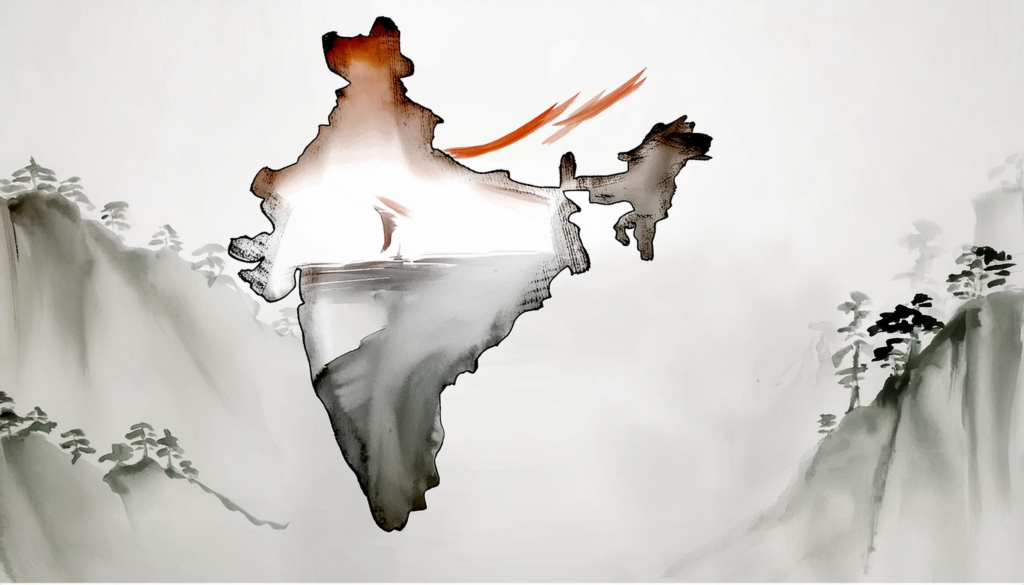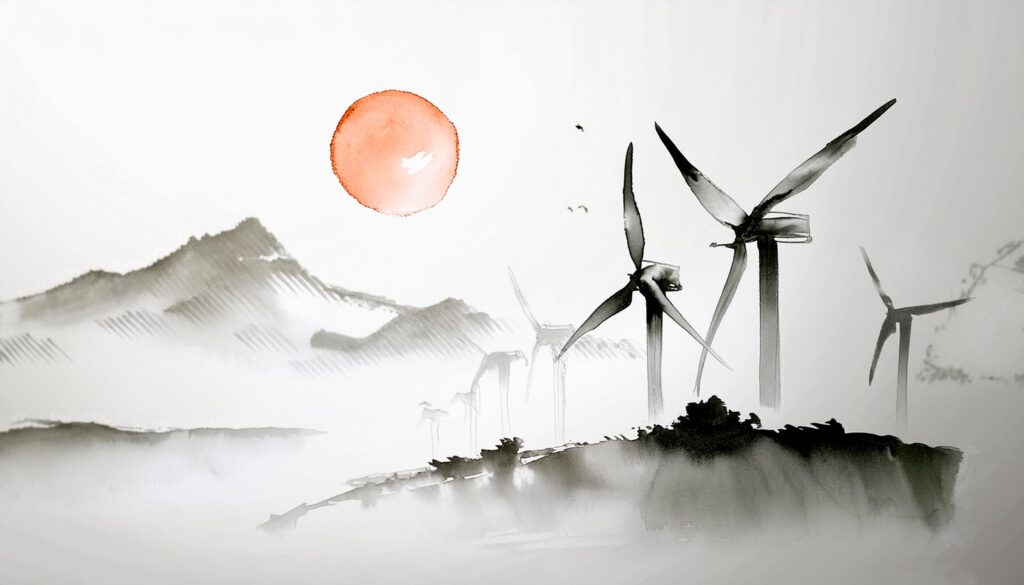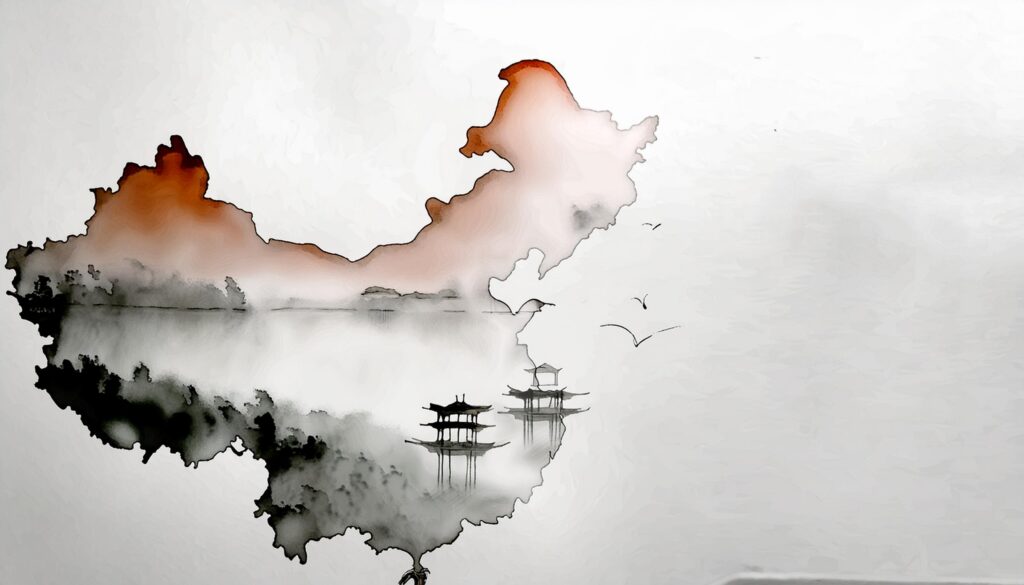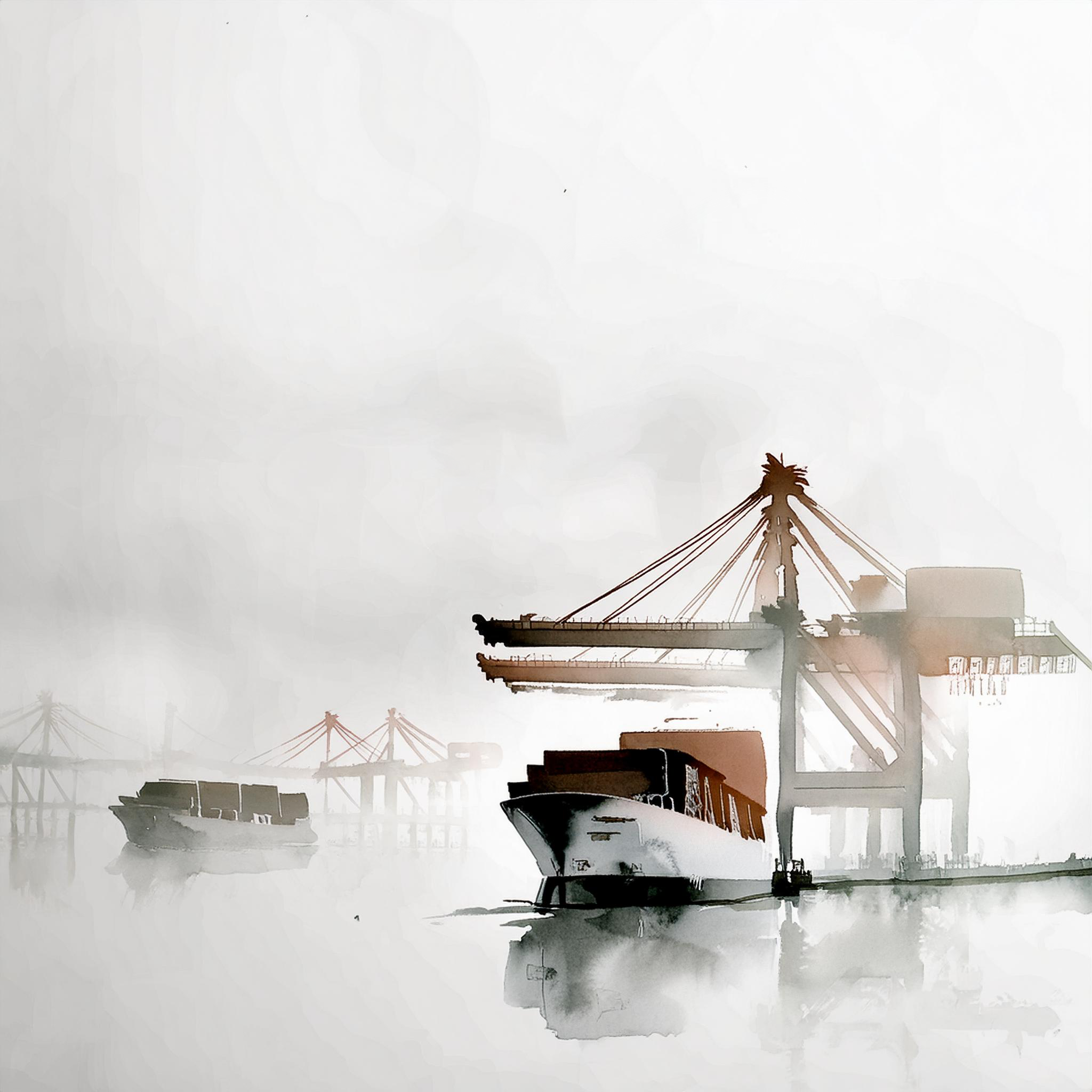China’s Global Supply Chain Powerhouse Meets New Trade Realities
| By Han Tran |
External Competition and Internal Tensions Pressure China to Chart a New Path Forward
There is no doubt that China plays a significant role in global supply chain, import, and export processes. Although COVID-19 severely impacted China and its neighboring nations’ economies and enterprises, China has remained Asia’s supply chain leader for the past 20 years. With its high self-sufficiency in technological hardware, communication equipment, machinery, and automobiles, China accounted for 20% of global manufacturing exports in 2020, rising from 3% in 1995. Although China experienced significant financial success in the past, the present is marked by external and internal challenges that will impact China’s future competitiveness and productivity.

Restarting China’s Supply Chains in the Post-COVID Era
The COVID-19 pandemic marked a severe and deadly period when lockdowns were endless and companies shut down due to labor and demand shortages. Although the pandemic became an immense menace to countries, China remains a production leader for a variety of reasons. Self-organization is a crucial element in China’s leadership strategies. First and foremost, they process independently, which means they approach and address the supply chain in a large system instead of separate components. China starts with raw materials and works its way through to finished products. Therefore, China relies on itself to manage and organize, control inputs and outputs, maintain the process, and guarantee its economy.
During the COVID-19 pandemic, when quarantines were required to ensure safe distances between individuals, verbal communication was not an option. Accordingly, technology was utilized to maintain communication and connectivity throughout the information system. China’s digital readiness has ensured its effective function meets customers’ demands, which saved the economy from sinking throughout the lockdown period. These characteristics are essential in ensuring China’s supply chain production continues its role as the largest trading partner of the US and maintains its supply chain primacy in Asia.
Navigating China’s Supply Chain Challenges
Despite being a production leader for several decades, China’s long-term trade status is less certain, particularly amid ongoing tensions with the US. Although China is the US’s largest trading partner, the two nations’ net imports and exports are markedly imbalanced. This imbalance is due in part to tariffs the Chinese government imposed on goods imported from the United States and other countries. While the US profited from low-cost imported goods, it overlooked the trade deficit issue. However, in 2018 the US announced new tariffs and established restrictions on imported products, impacting the trade imbalance and increasing tensions between the two countries.

With the ongoing tensions and trade imbalance, China’s position in the supply chain is increasingly at risk. This risk is exacerbated by India’s growing presence in global supply chains. India, which stands in second place in the Asia supply chain, is expected to fundamentally fracture China’s position as the world’s major supply chain hub.

Weathering Trade Changes Amidst Changing Weather
China is facing risks not only from the US but also from climate change. China is currently the world’s top polluter, responsible for 27% of global greenhouse gas emissions in 2020. China’s firms frequently face fines, litigation, plant closure lawsuits, and so on as a result of violating environmental standards. Around 20% of these environmental incidents that happened during 2024 are associated with China. As the need for environmentally sustainable development urgently increases, China must modify its methods, strategies, and concentration not only on customers but also on climate change.

External Trade, Internal Strife
Lastly, China is experiencing raw materials challenges in Uyghur Region automotive supply chains. China’s failure to protect human rights in the region resulted in the US Congress passing the Uyghur Forced Labor Prevention Act in 2022. The act states, “Goods made in Xinjiang cannot be imported to the United States without proof that no slave labor was involved.” To avoid reputational damage or legal challenges, China’s supply chain industries are required to ensure compliant processes from the outset, beginning with raw material manufacturing.
Charting a Sustainable, Compliant, and Competitive Path Forward
China plays an essential role in the global supply chain and has an enormous influence on the world’s economy. Aspiring supply chain competitor countries are modeling their own production development on China’s organization and digital readiness as the US and other consumer countries seek to diversify and establish more resilient and cost-competitive supply chains. At the same time, China is facing increasing trade barriers, especially with its largest trading partner, the US, as allegations are made regarding forced labor and pollution in China.

These challenges risk toppling China’s position as Asia’s largest supply chain source, damaging its reputation, and creating legal and ethical scrutiny. Accordingly, China must choose between evolving or maintaining how it prioritizes customer demands, climate, and labor practices, and meeting global regulations and standards.
AI Images Photo Credit: Intelliwings



